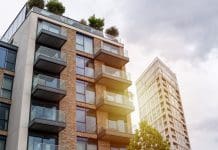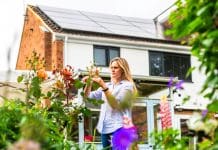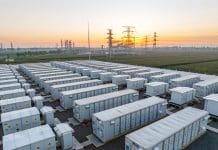An area of land on the edge of the Boughton Estate, Northamptonshire, has been transformed into a carbon neutral and Passivhaus office by Building Services Design
The office has been certified as carbon neutral but has also gained Passivhaus status in a rare achievement by one of the UK’s top mechanical and electrical engineering (M&E) consultancies, Building Services Design (BSD).
The firms 31 Northamptonshire employees have moved into the newly-built, timber frame headquarters – based at the Kettering North Business Park – which has stand-up desks, a pool table and even bat boxes to accommodate local wildlife.
David White, director at BSD, said: “We wanted to create a building that showcased what we do in the industry so were prepared to make an investment to attain Passivhaus and carbon neutral status. We have gone above and beyond to achieve these energy efficient building standards because we recognise the benefits – both for the environment and for the staff wellbeing.”
It is estimated BSD will save 60 per cent on its annual running costs as a result of the new energy efficient building, which was designed by Leicestershire-based Leaf Architecture, with interiors by Faber Design, which also fitted out BSD’s Leicester office 18 months ago.
“The whole feel of the office is fantastic – it has exceeded expectations for me and for all of our staff,” continued David.
A combination of high-performance glazing, insulation and an airtight building envelope – which regulates the office’s internal temperature without relying on artificial heating or cooling – has contributed towards the office’s Passivhaus status.
The building, which also has an EPC rating of A+, LED lighting, triple glazed windows and 120 sq. m. of solar PV panels on the roof, has impressed both staff and clients alike.
The new Passivhaus office, which was built on land BSD purchased from the Buccleuch Properties, is about ten per cent larger than its previous office, with a 4,500-sq. ft. net floor area.
For buildings to achieve Passivhaus status they must have the highest levels of insulation with minimal thermal bridges, utilise passive solar gains and internal heat sources, excellent level of air tightness and good indoor air quality. Carbon neutral buildings achieve a zero-carbon footprint.













